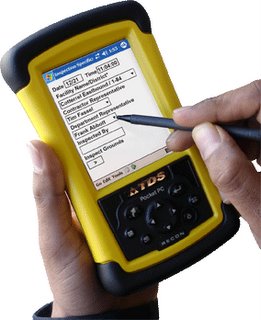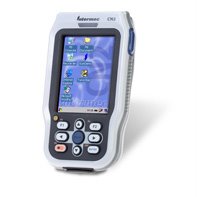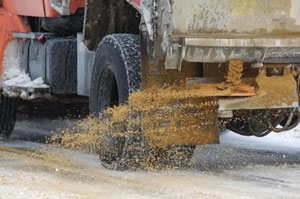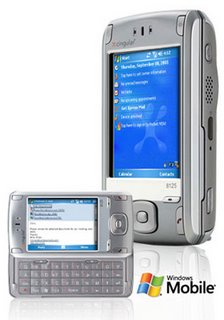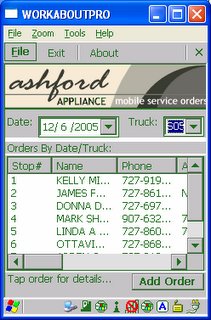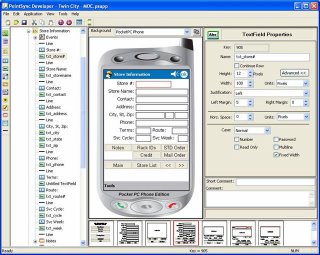 Here is an interesting article about using PDAs in real time to convey information about an incident scene. The integration of real-time video, digital images and GPS information is particularly interesting.
Here is an interesting article about using PDAs in real time to convey information about an incident scene. The integration of real-time video, digital images and GPS information is particularly interesting.Australian IT - PDAs for fire brigade (Kelly Mills, FEBRUARY 14, 2006): "
PDAs for fire brigade
Emergency management: Jason Catlin says the PDAs are being tested in counter-terrorism drills. The organisation is the first of a number of emergency services groups in Australia to give the nod to the counter-terrorism and emergency management system using PDAs.
MobileDataforce's PointSync software is an excellent platform for these kinds of solutions. We are receiving inquiries from Fire Brigades all around the globe. We are currently working on a relatively large project for a Fire Brigade in the UK.
We also get many inquires concerning fire safety inspections where they use PDAs to inspect fire extinguishers, compliance to fire code, etc.

